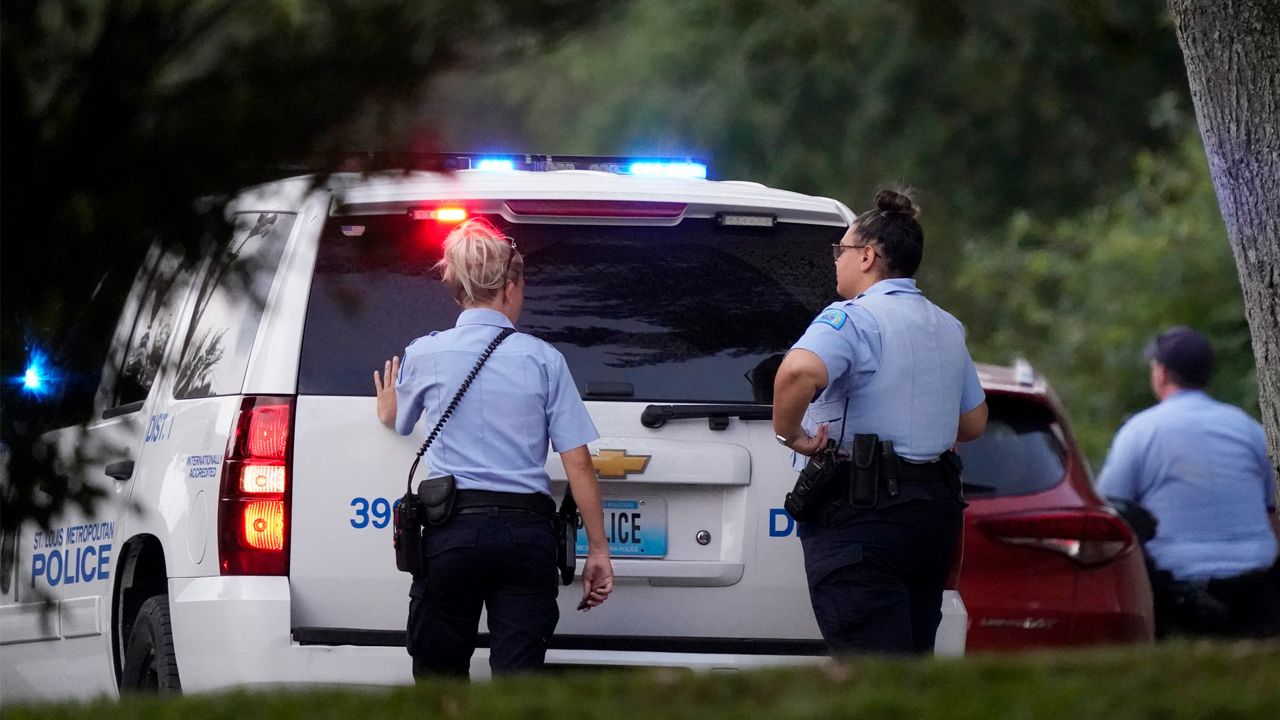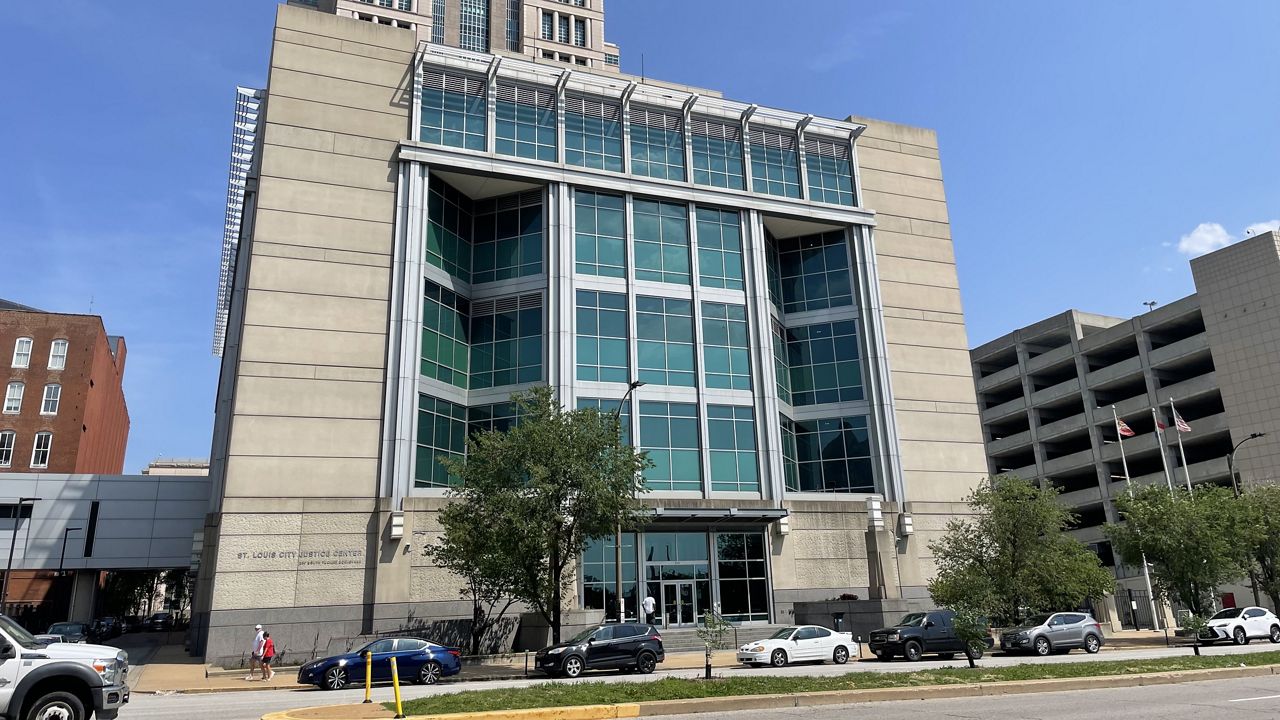ST. LOUIS – Stopping homicides must be the region’s top priority, according to a new policy paper released by two prominent business groups. The report details how violent crime is “a leading barrier to growth” in the St. Louis region and offers a comprehensive regional strategy to reduce violence ahead of a Regional Crime Summit next Wednesday.
Greater St. Louis, Inc. and the Regional Business Council released a report called “The Need for a Regional Strategy to Reduce Homicides.” Dr. Richard Rosenfeld from the University of Missouri-St. Louis helped develop the report.
The report states that despite progress on reducing overall crime rates, the 15-county metro area has one of the highest metropolitan homicide rates in the country and was more than double the U.S. metro average in 2020.
The report also points out that the reality and perception of widespread violence negatively affects the area from attracting new residents, businesses and visitors.
“Too many people feel unsafe living in, visiting, or working in the St. Louis metro,” the report states.
Crime and public safety are threatening the success of Greater St. Louis, Inc.’s “STL 2030 Jobs Plan”, according to its Policy Advisory Board.
“We are in the midst of a homicide crisis. This is taking a tremendous human toll and is a barrier to economic growth and prosperity for people in every community. This is our crisis as a region, and it requires all of us to roll up our sleeves and get to work to fix it,” says Brian Hall with Greater St. Louis, Inc. in a statement.
St. Louis Mayor Tishaura Jones suggested the crime summit last year. It will happen just weeks after embattled St. Louis Circuit Attorney Kim Gardner resigned from office. The Missouri legislature considered removing local control from the police department to reduce crime.
St. Louis City has a new police chief on the job with a track record of reducing crime in other cities. The department has seen a reduction in crime over the last few months, but there are still concerns with overall safety.
In April, four mayors in St. Louis County called on Missouri lawmakers for new crime legislation, saying stricter drug and auto theft laws as part of a plan to address what they say is rising crime in the region.
“This is solvable. We can reduce violent crime and help our region reach its true potential if we work as one metro to develop a strategy that is collaborative, employs evidence-based strategies, and sets clear goals we must achieve,” says Kathy Osborn, with the Regional Business Council in a statement.
St. Louis’ fractured municipal government is another issue addressed in the report. There are over 60 separate police agencies between St. Louis City and County. Many departments in St. Louis County have their own departments, including about a third with a jurisdiction of less than one square mile, according to the policy paper.
It also states there have been “serious communication and coordination challenges between the St. Louis Metropolitan Police Department, the St. Louis County Police Department and other crime-fighting organizations and agencies, according to the report.
So what does the path forward look like for the region?
The group’s paper suggests top leaders must prioritize homicide reduction and “set a clear goal and commit to saving lives.” The suggestion is that a 10% reduction a year is “reasonable and attainable.”
Prominent criminologist Thomas Abt is cited in the report discussing the benefits of “focused deterrence” in reaching that goal. It focuses on identifying individuals that are at high risk for violence and proactively brings them into meetings with stakeholders. His book “Bleeding Out” focuses on the approach and explains neither punishment nor prevention have worked on their own, a combination of both is necessary.
St. Louis City’s Cure Violence program touched on the approach, but the policy paper says that the program and others in the area lacked an implementation strategy that would “bring their recommendations to life.”
Last, the report says the area needs “a new regional approach” to reducing crime. The strategies are said to need “buy-in” from local leaders, continuous monitoring of real-time crime data, rigorous policy and program evaluation, and revisions to crime reduction plans based on evaluation results. It even suggests establishing a regional Office of Violence Prevention that can survive leadership transitions.
Abt will be a key speaker at the upcoming summit to share best practices for implementing strategies.
You can read the entire report here.







